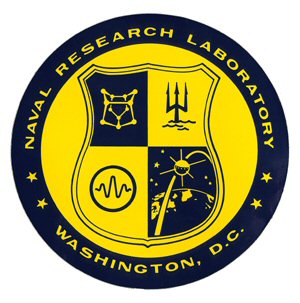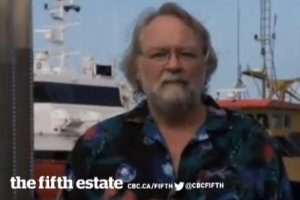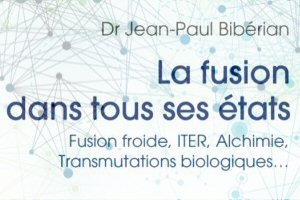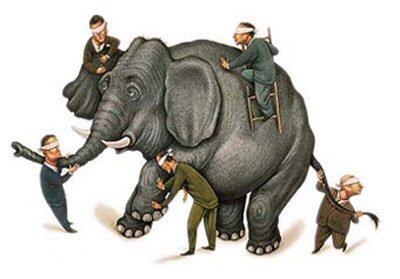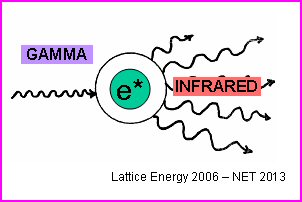 April 2, 2013 – By Steven B. Krivit –
April 2, 2013 – By Steven B. Krivit –
The possibility of a new source of radiation-free nuclear energy has just become stronger.
Lewis G. Larsen, the co-developer of the Widom-Larsen theory of LENRs, released a new slide presentation on March 22 that answers significant questions about why deadly gamma radiation is not emitted in low-energy nuclear reactions. New Energy Times spoke with Larsen about the examples of experimental evidence for the gamma suppression he shows in his slides.
Any kind of fusion or neutron-capture reaction that produces significant heat should emit enough gamma radiation to kill anyone in its vicinity. Throughout the history of this field, critics have wondered, If it’s really nuclear, then where are the gammas?
Going back to 1989, one of the most well-known physicists in the world, Richard Garwin, a senior scientist with IBM, was the first prominent critic to bet against what some people thought was “cold fusion.”
Garwin is an IBM Fellow Emeritus, was director of the IBM Watson Laboratory, director of applied research at the IBM Thomas J. Watson Research Center, and a member of the IBM corporate technical committee. He is also a consultant to the federal government on nuclear technology.
[DAP errMsgTemplate=”” isLoggedIn=”N”]
Login or Subscribe to remove this notice
Professional Journalism – LENR Facts
Original online content only at New Energy Times
[/DAP]
Six years ago, at the American Association for the Advancement of Science meeting in San Francisco, New Energy Times asked Garwin whether he had seen the Widom-Larsen theory papers. He had. But Garwin seemed frustrated because Larsen had not disclosed details of the gamma-shielding process when Garwin asked a question about it.
Larsen told New Energy Times on March 26, 2013, why he delayed responding to Garwin’s question.
“I have the highest regard for Garwin’s reputation as a brilliant physicist, but IBM files more patents than any other company in the world,” Larsen said. “Our patent application hadn’t even published yet. Why would a tiny company in Chicago like mine want to take that kind of risk when they have the financial resources to quickly file hundreds of patents on LENRs? That would’ve been foolish on our part.”
Larsen later disclosed the key details in his U.S. patent #7,893,414 B2, which issued on Feb. 22, 2011. Over the years, other people asked more questions about the gamma-shielding mechanism, and Larsen gave those answers last week in his slides.
Two paragraphs in his slides contain the key text that explains the gamma suppression for prompt gammas. It is excerpted below and slightly edited for clarity.


